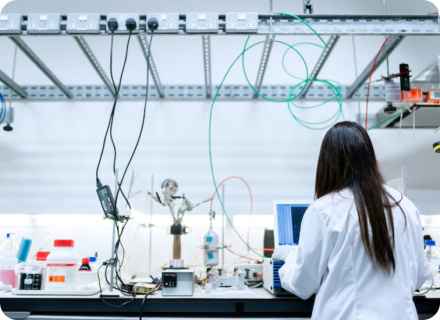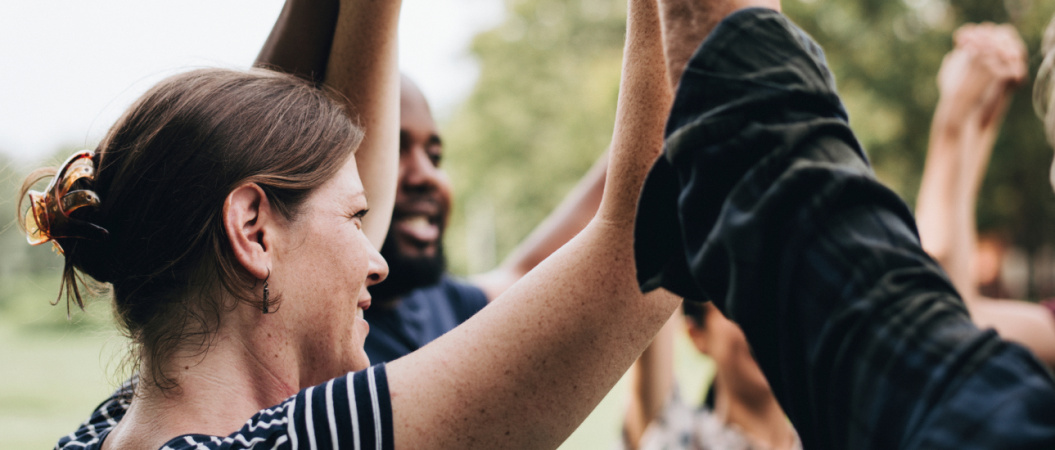CP: Until the surge last April, India was doing a good job of containing the epidemic. What was it doing right?
SR: I believe the most important thing India did right at the beginning was to impose a strict lockdown early on, when cases were very low. India was lucky enough to get hit by COVID only in March 2020, and the central government did not wait for cases to build up. On the contrary, it acted quickly and strongly. It implemented very strong international border controls (with a 14-day quarantine) along with strict state border controls. India has 28 states and eight union territories, and you could not go from one state to the other without an authorisation delivered online as an e-pass. Actually, anybody entering a state was supposed to undergo a mandatory quarantine of 14 days that was first organised in an institution and then also be done at home with a combination of tests. During the first phase of the crisis, we hit a maximum of 98,000 daily cases in September 2020, then the cases declined.
CP: How could so-called “poor India” cope with the lockdown?
SR: Many Indians are very poor, but they generally tend to keep a stock of food grains at home, which could last a few days at least in urban India and at least a few weeks in rural parts of India. The situation was helped further by a governmental food plan that allowed 800 million people to get 5 kg of grains/person per month, free of charge. That is 60% of the population. This plan was actually part of a program (Antyodaya Anna Yojana) run by the Government of India during normal times. It provides highly subsidised food to millions of the poorest families through a public distribution system. The scheme was expanded from 200 people to 800 million during the two strict lockdowns.
CP: How do you regard the western perception of “Indians not being clean?”
SR: Contrary to most westerners’ beliefs, washing of hands and bathing is a part of their culture and civilisation. For example, Indians generally don’t bring their shoes into living areas, and Indians are required to wash hands thoroughly before eating or serving food. It would take my grandmother 10 minutes; it took my mother five minutes, and it takes my wife two to three minutes to prepare the thorough cleaning of hands, etc. before serving me food. It takes less time today, but it is fundamental to our way of life. We have habits that are conducive to better protection. Mask wearing is considered a moral obligation, and you can actually leave a meeting or a room if someone is not wearing one.
CP: As we all know, the situation then got out of hand in April-May 2021. How do you explain this dire situation?
SR: A few factors explain why it actually went wrong. In the first part of the crisis, management was more centralised and was directed by national-level policies and guidelines. These were clear and unambiguous and were delivered to the public through cell phones that would convey COVID-related information every single time someone called someone else. To make this appealing, the messages would be delivered by Indian celebrities such as film star Amitabh Bachchan. The situation evolved as COVID receded in late 2020 and individual states were given more responsibility regarding the restrictions they could impose. Unfortunately, not all states are born equal, and many lacked the scientific and health infrastructure to elaborate efficient rules. By January and February 2021, states began to relax restrictions imposed on schools, colleges, universities and offices that had mostly been closed in 2020, and India went into a celebratory mode. It should be noted as well that vaccines lulled Indians into complacency with the feeling that a panacea for all ills had arrived. But in April-May 2021, the vaccinated population was not more than 10%. Finally, we have been the first to get hit by the Delta variant and, to be honest, we were not prepared for it. As we never really reached zero contamination, and as we never stopped the virus from spreading, it engineered this very contagious and dangerous variant that surprised our scientific community.
CP: India still has more than 45,000 cases a day, and the official count is around 450 deaths a day. Are some states doing better than others?
SR: The decrease in the numbers of cases has been as strong as the increase was. This is partly because some states have been doing a really good job of trying to eliminate the virus. They are the states of Gujarat, Uttar Pradesh and Madhya Pradesh. Uttar Pradesh, in the northern part of India, is the country’s most populous state, with over 200 million inhabitants. Gujarat, with a population of 60 million, is more urbanized than Uttar Pradesh, with 42.6% of the population living in urban regions. The results are striking. As of the date of writing, 68% of the villages in Uttar Pradesh are free of the COVID-19 virus. Connecting communities and encouraging active involvement in the communities has been the key to reaching such results.
CP: How was it possible for such states to pursue such a policy within their states while others were not pursuing it?
SR: Just as decentralisation was detrimental to avoiding the third wave, it has allowed for very interesting experimentation, with state border controls still very strict, protecting these experiments. First Gujarat, on May 1, 2021, and then Uttar Pradesh, launched the “My Village, Corona Free” (“mera gaon, corona mukt gaon”) campaign. These campaigns aim at freeing villages from the virus (there are 17,000 villages in Uttar Pradesh). They receive rewards through special benefits in social schemes. The awards are reserved for the top-performing villages and wards. In order to reach this goal, the government mobilised monitoring committees comprised of representatives of civil society groups including Accredited Social Health Activist, Anganwadi worker (a function of Integrated Childhood Development Services) and Auxiliary Nurse Midwife. These monitoring committees have conducted more than 100 000 tests in the rural areas of Uttar Pradesh every day through Rapid Response Teams. They identify suspected cases, expedite tests and treatment, build awareness among the villagers about COVID-19 and facilitate economic support from the government. They have been given medical kits, oximeters and infrared thermometers to identify people with symptoms. In Uttar Pradesh alone, the monitoring committees have visited 79,512 villages as part of a COVID-19 screening campaign launched by the government on May 5. The members detected infections in 28,742 villages and made targeted efforts to contain the virus in these villages. On the August 3, 2021, Uttar Pradesh registered only 24 of India’s 30,549 cases that day.
CP: Is this due to the strategy that has been implemented in some slums in India and that has got amazing results?
SR: Something similar in the way it’s been proactive. As I described it in a paper, Dharavi is basically a complete city of 850,000 people within Mumbai city, with a non-spacious, endless stretch of lanes with open sewers and overcrowded huts. Public authorities were very much aware that this place could become the centre of very dangerous outbreaks. Therefore, they decided to “chase the virus” instead of waiting for people to become COVID-positive and then confirm through testing.
The administration sealed the border and set up 24 check-posts at entry points to the slum. All types of shops, small factories and markets were closed. Public and private transportation was stopped. People’s movements were tightly restricted so that civic bodies, with the help of 350 local and private medical practitioners in the same vicinity, could do proactive screening and testing door-to-door in Dharavi. Nine quarantine centres were arranged in nearby schools, sports complexes, marriage palaces and community halls, and five private hospitals were mobilised in order to treat the symptomatic cases. As more than 70% of people in Dharavi use collective toilets, these toilets were sanitized every hour by civic authorities. To minimize the movement of people from their homes, more than 25,000 grocery kits, food packets for lunch and dinner, were distributed as well. All in all, the strategy made it possible to curb the virus’s spread and to slow down the cases in Dharavi. When you see it is possible to do it in the slums, you know it should be possible to do it worldwide. We just need to decide to do it.
It has been a paradox of this crisis that the wealthiest countries in the world have not necessarily been doing better, because they have forgotten the art of dealing with infectious diseases. Much more emphasis has been placed on technological innovations in health over the past decades than on promoting the right behaviours to improve the health of individuals. However, in the context of the fight against the pandemic, we realise that the challenge is above all behavioural and preventive, as technology alone cannot stop the epidemic. A very strong community commitment at the global level is needed to tackle this pandemic. As an Indian, I am well aware that, if we are not able to contain the virus at the global level, no one will be really safe.
Sunil Raina is a physician-researcher, professor and head of the department of community medicine in a medical college in the northwest of India. Apart for teaching and training of MBBS and MD students, he also manages two health centres (one rural and one urban) and has been involved in the management of the health crisis early on. A public figure, he has received several awards, including the Chief Minister’s appreciation award for contributions to management of the COVID crisis. What is striking about India is that, until the surge seen in April-May 2021, it had been able to contain the virus quite efficiently. Thing are now getting better, but Sunil Raina thinks there will be new waves as long as the virus is allowed to circulate and until Zero COVID has been reached.
Cécile Philippe is President of the Institut économique Molinari, a Franco-Belgian think tank that is actively following the health crisis. She holds a PhD in economics and recently published a study on COVID-19 available at https://www.institutmolinari.org/2021/04/03/un-an-apres-la-strategie-zero-covid-protege-mieux-populations-et-economies.


